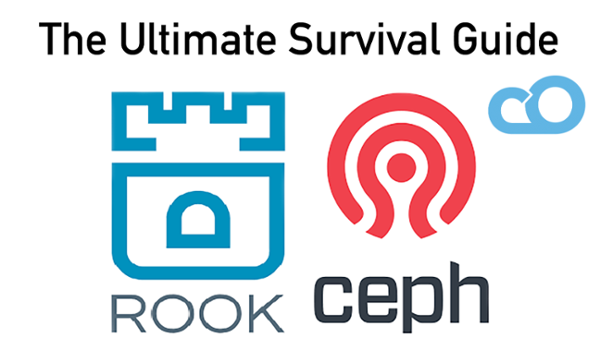The ceph-client role copies the Ceph configuration file and administration keyring to a node. In addition, you can use this role to create custom pools and clients. To deploy the ceph-client role by using Ansible, see the Red Hat Ceph Storage 2 Installation Guide for Red Hat Enterprise Linux. Ceph kernel client (kernel modules). Contribute to ceph/ceph-client development by creating an account on GitHub.

Notice
This document is for a development version of Ceph.
Synopsis¶
Description¶
ceph-fuse is a FUSE (“Filesystem in USErspace”) client for Cephdistributed file system. It will mount a ceph file system specified via the -moption or described by ceph.conf (see below) at the specific mount point. SeeMount CephFS using FUSE for detailed information.
The file system can be unmounted with:
or by sending SIGINT to the ceph-fuse process.
Options¶
Any options not recognized by ceph-fuse will be passed on to libfuse.
-oopt,[opt...]¶Mount options.
-cceph.conf,--conf=ceph.conf¶Use ceph.conf configuration file instead of the default/etc/ceph/ceph.conf to determine monitor addresses during startup.
-mmonaddress[:port]¶Connect to specified monitor (instead of looking through ceph.conf).
-nclient.{cephx-username}¶
Pass the name of CephX user whose secret key is be to used for mounting.
--id<client-id>¶Pass the name of CephX user whose secret key is be to used for mounting.--id takes just the ID of the client in contrast to -n. Forexample, --id0 for using client.0.
-k<path-to-keyring>¶Provide path to keyring; useful when it’s absent in standard locations.
--client_mountpoint/-rroot_directory¶Use root_directory as the mounted root, rather than the full Ceph tree.
-f¶Foreground: do not daemonize after startup (run in foreground). Do not generate a pid file.
Ceph Client Ubuntu
-d¶Run in foreground, send all log output to stderr and enable FUSE debugging(-o debug).
Ceph Client Config
-s¶Disable multi-threaded operation.
--client_fs¶Pass the name of Ceph FS to be mounted. Not passing this option mounts thedefault Ceph FS on the Ceph cluster.
Availability¶
ceph-fuse is part of Ceph, a massively scalable, open-source, distributed storage system. Please refer tothe Ceph documentation at https://docs.ceph.com for more information.